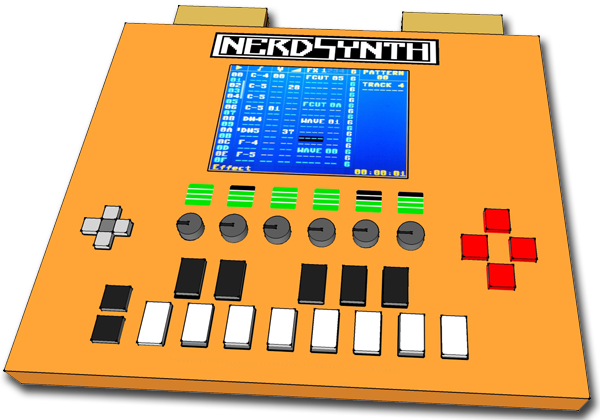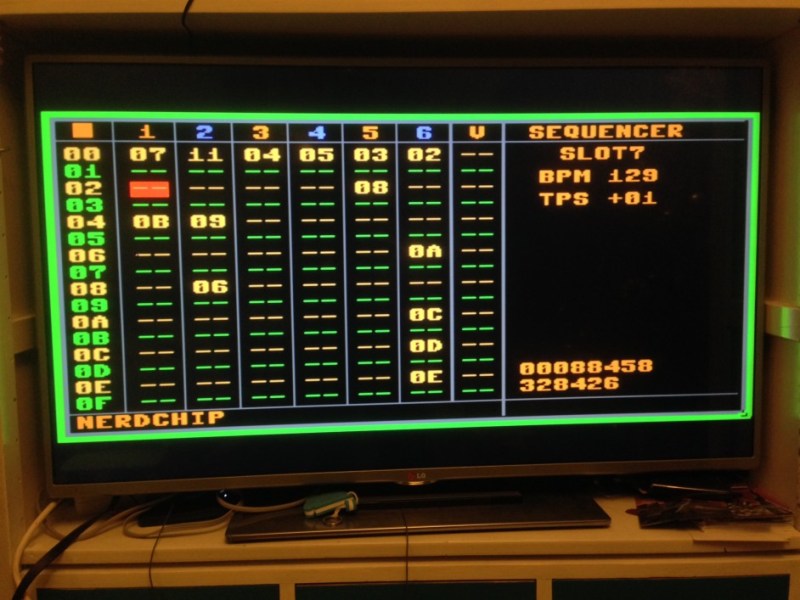Rolling your own synthesizer is no small feat, which is what [Thomas] has taken on with his project “Nerdsynth”. [Thomas] has an impressive amount of data on his site covering the overall design and progress of the project, but that isn’t what piqued our interest. [Thomas] has an on-board TFT display to navigate the versatile Nerdsynth’s menu  but he wanted to add video output to do some video sequencing. After some investigation and poking around the available options he decided to tackle yet another sub-project (textbook scope-creep).
but he wanted to add video output to do some video sequencing. After some investigation and poking around the available options he decided to tackle yet another sub-project (textbook scope-creep).
[Thomas] chose to do to some bare metal programming on the Pi Zero to use it as a video card for video output. By following a tutorial from Valvers and modifying an SPI driver from Microelecroniki he was able to clone the video on an external monitor. This is a step in the right direction and we’ll have to keep an eye on his site for updates about video sequencing on the external display.
You can check out a recent demo of the Nerdsynth in action after the break, sadly you’ll have to settle for a pic of the cloned screen (below) until [Thomas] posts another update.
Continue reading “Pi Zero Video Card Via Bare Metal Programming”














